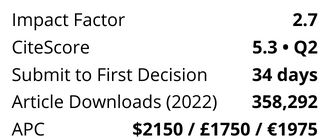This paper presents a review of groundwater models capable of simulating solute transport (i.e. advection-dispersion) and equilibrium chemistry processes.
Introductory, basic model components are discussed including a physical and a chemical model component and the coupling between the two components. However, emphasis is placed on the chemical model component, since this represents the recent addition to solute transport modeling.
Several ways exist of formulating either model component. For the physical model component this may include a continous description based on the governing mass balance equations or a discontinous description by a mixing cell approach. For the chemical model component, i.e. processes such as ion exchange, adsorption, complexation, precipitation/dissolution and open/closed carbonate system reactions, local equilibrium is usually assumed. The assumption of local equilibrium is investigated. The relation between the continuous formulation and a coupling/decoupling of the physical and chemical components and the resulting nature of the mathematical problem and its numerical strategy is briefly discussed.
In all, 27 models have been surveyed in terms of their physical and chemical model components, their verification and applicability to field scale problems. Due to a lack of actual field applications it has not been possible to evaluate all models in natural settings and hence, each model will, in theory, be valid when the constraints given by the assumptions and limitations taken in developing the model are met.
The models show great diversity with respect to complexity and general applicability to field scale problems. Most of the models were developed for specific purposes and it is difficult to point out one or more »general« models. However, it may be concluded that there exist many ways of formulating a model both with respect to transport and chemical calculations, but also to numerical techniques.
Many of the models are very complex and future research should be directed towards validation studies of these models on a field scale, rather than developing still more complex models.







